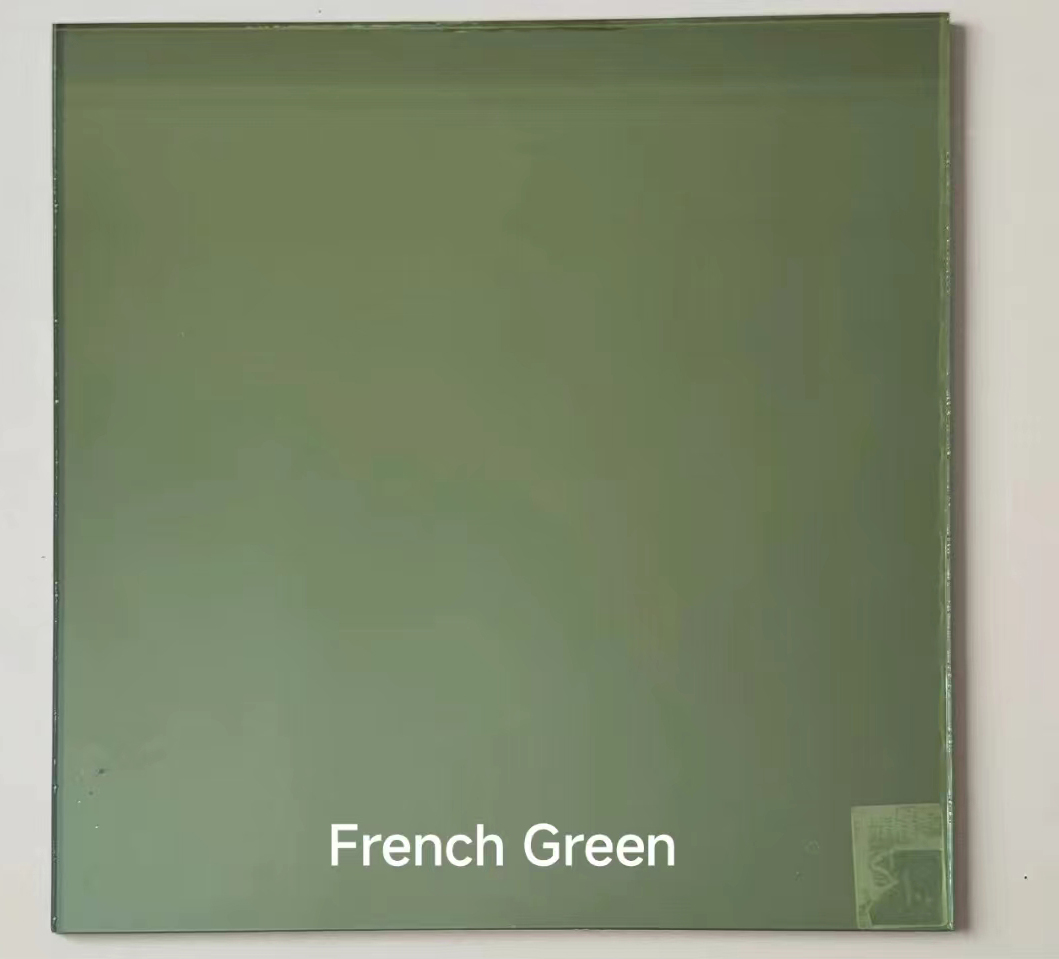

The Fascination of Thin Mirror Glass
Thin mirror glass, while often overlooked, plays a pivotal role in various aspects of modern design and technology. Its unique properties, aesthetic appeal, and versatile applications make it an intriguing subject for exploration. But what exactly is thin mirror glass, and why does it command such fascination?
Understanding Thin Mirror Glass
Thin mirror glass refers to a type of glass that has undergone a treatment process to create a reflective surface while maintaining a reduced thickness compared to traditional mirror glass. This type of glass typically ranges from a few millimeters to less than a millimeter in thickness. The reflective layer is often made using a metallic coating, usually aluminum or silver, which is deposited onto the glass surface. The resulting product retains the visual clarity of standard glass while providing the reflective properties necessary for a mirror.
The Aesthetic Appeal
One of the most striking features of thin mirror glass is its aesthetic appeal. It can create an illusion of space and light, making it a popular choice in interior design. When used in home decor, it enhances the ambiance of a room, reflecting light and creating an airy, open feel. Designers frequently use thin mirror glass in various fixtures, from furniture to decorative accents, providing an elegant touch to contemporary interiors.
Moreover, its lightweight nature allows for more creative freedom in design. Artists and architects can incorporate large panels without the fear of overwhelming a space or compromising structural integrity. This versatility enables the creation of stunning visual effects, whether through installations in museums or the design of retail spaces.
Innovative Uses in Technology
Beyond aesthetics, thin mirror glass has found its way into various technological applications. For instance, it is used in solar panels to enhance energy efficiency. By reflecting sunlight, thin mirror glass contributes to the increased absorption of solar energy, making renewable energy solutions more effective.

Additionally, it plays a crucial role in optical devices, including cameras, telescopes, and laser systems. The precision of thin mirror glass helps in achieving sharper images and more accurate data collection. In the realms of science and technology, such applications underline the importance of refining materials to suit specific needs.
Environmental Considerations
As the world grows increasingly conscious of environmental issues, the production and disposal of materials like thin mirror glass come under scrutiny. Fortunately, advancements in manufacturing techniques allow for the production of thinner glass with less energy consumption, minimizing its ecological footprint. Many manufacturers are also exploring recycling options for used glass products, contributing to a more sustainable future.
Challenges and Future Directions
Despite its advantages, the use of thin mirror glass is not without challenges. One significant issue is fragility; being thinner often means it is more susceptible to breakage, which can pose safety concerns, especially in public spaces. Developers and designers must carefully consider these factors when implementing thin mirror glass in their projects.
Looking forward, the potential for innovation within this field remains vast. Researchers are continually seeking ways to enhance the durability and performance of thin mirror glass. Advancements in coatings, for instance, could lead to new materials that maintain reflective properties while resisting scratches and other damages.
Moreover, collaborations between artists and scientists could pave the way for groundbreaking applications, integrating thin mirror glass into interactive installations or smart technologies. The fusion of art and technology stands to redefine how we perceive and interact with our surroundings.
Conclusion
Thin mirror glass encapsulates a blend of aesthetic beauty and functional versatility that continues to captivate designers, engineers, and consumers alike. As we explore its applications further, we celebrate not only its role in enhancing our environments but also its contribution to technological advancements. In a world that values both innovation and sustainability, thin mirror glass is a material that undoubtedly merits attention and appreciation.